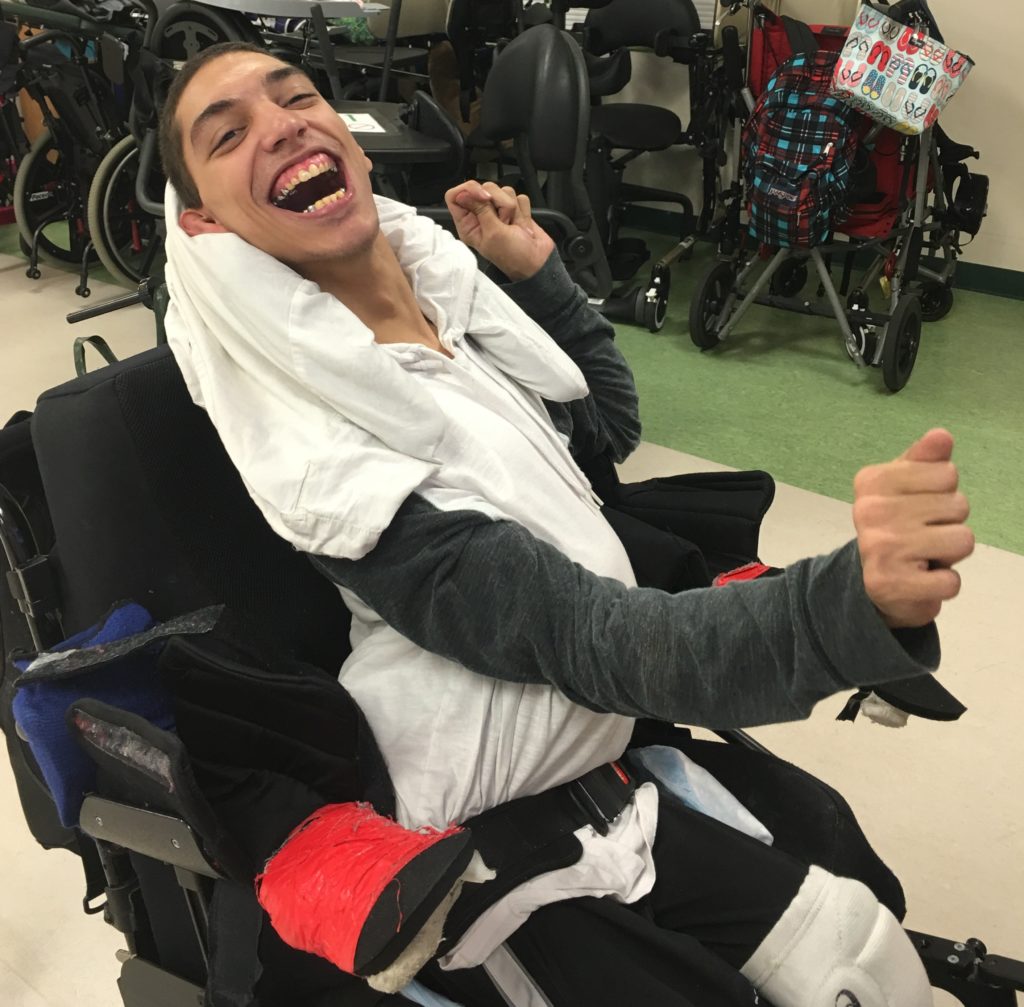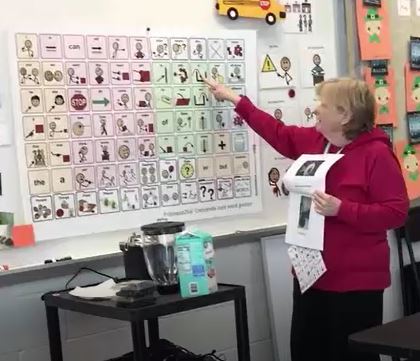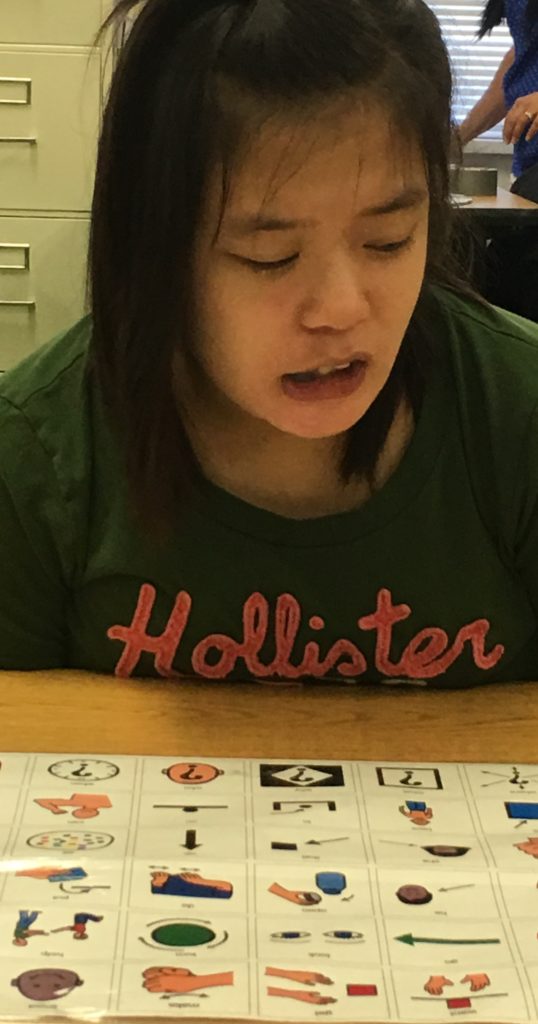Goals
The primary goals of Project Core are two-fold:
- Empower teachers and classroom professionals to deliver access to a Universal Core vocabulary and communication instruction during the naturally occurring academic and daily routines of the school day.
- Improve the academic achievement of students with significant cognitive disabilities as evidenced by gains in their communication and literacy skills, and ultimately in their end-of-year assessments.
Students

The Universal Core vocabulary and implementation model is aimed at students with significant disabilities who do not yet use speech, signs or symbols to communicate in flexible ways. This includes students who rely on early forms of communication such as facial expressions, vocalizations and body movements, as well as students who are beginning to use symbols, signs, or words but cannot yet put them together.
Teachers

Teachers are at the center of Project Core implementation teams and lead the delivery of instruction. No prior training or experience with AAC is necessary to get started, but a fundamental belief and classroom culture that recognizes that all students can learn to communicate in increasingly complex ways is required. Teachers also support their classroom staff to implement the Universal Core vocabulary during their daily interactions with students.
Implementation Model
The Project Core implementation model is designed to empower teachers and classroom professionals to provide students with access to a flexible Universal Core vocabulary and evidence-based communication instruction.
The model emphasizes the following intervention practices:
- Identifying and attributing meaning to all of the ways students are communicating, such as body movements, facial expressions and vocalizations.
- Making sure all students have access to the Universal Core vocabulary on their own personal AAC systems.
- Showing students what is possible and how to use symbols through the use of aided language input strategies.
- Taking advantage of naturally occurring opportunities to teach during the common academic and daily routines of the school day.
The implementation model includes the following components:
- Professional Development Modules.
- Instructional Planning Guides.
- Self-reflection and Observation Checklists.
- Downloadable formats of the Universal Core vocabulary.
- Keys for accessing the Universal Core vocabulary on communication apps and speech generating devices.
Universal Core Vocabulary

The Universal Core vocabulary is a set of 36 highly useful single words that can be used alone or in combination to communicate for a range of purposes on countless topics with a wide variety of communication partners.
Several formats are available to support student access through direct pointing or touch, eye gaze selection, and partner-assisted scanning. Additionally, high contrast versions are available to address the needs of some students with visual impairments and 3D symbols are available for students who are blind.
All formats are available for free download and printing from: http://www.project-core.com/communication-systems/.
The Universal Core vocabulary is also readily available on communication applications (apps) and speech generating devices for students who have such systems. A list of products can be accessed here: Project Core for Apps and Devices